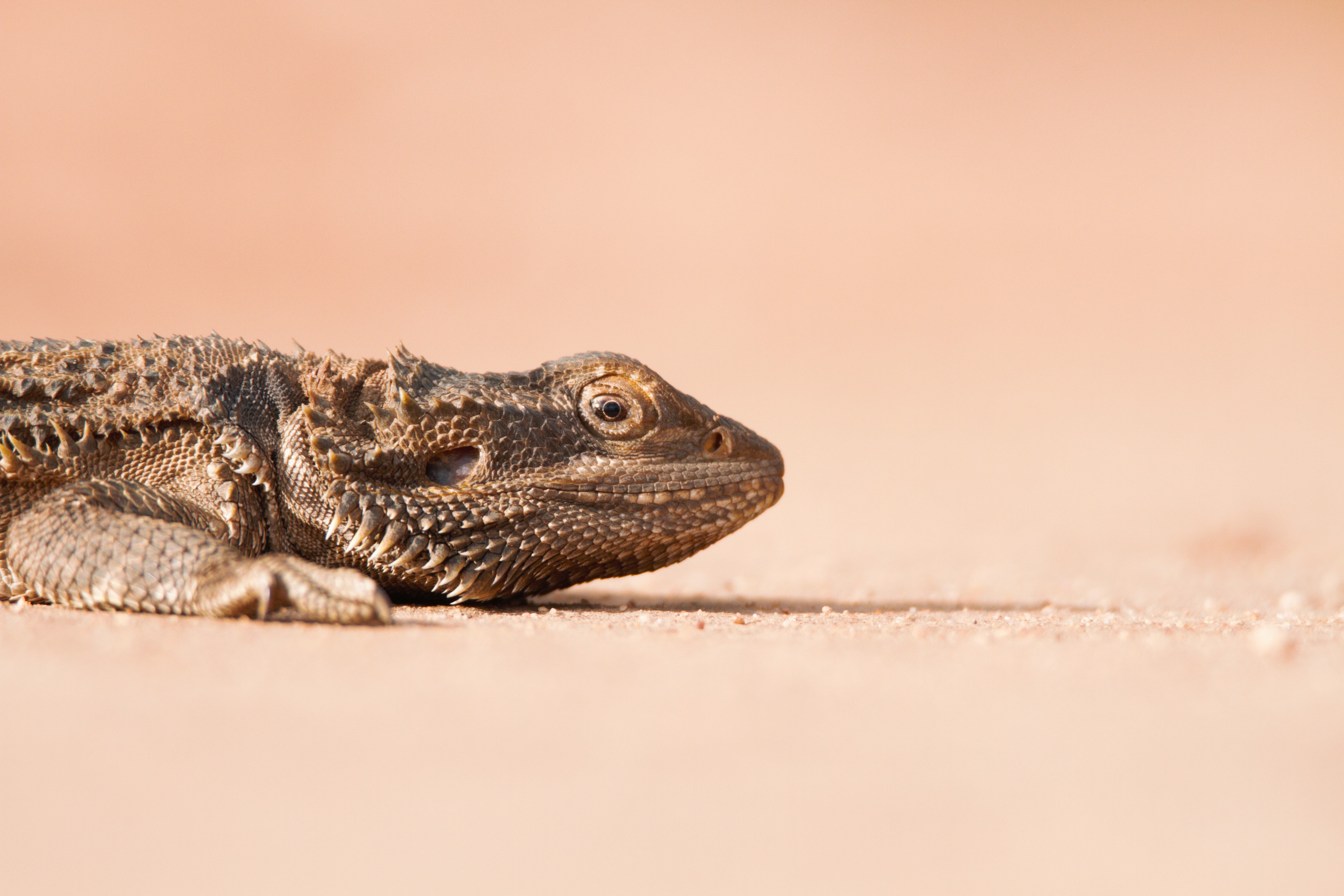Mallee fire and biodiversity project
Fire is a major influence on ecosystems worldwide. In fire-prone regions, the pattern and frequency of fire are an important influence on the flora and fauna. In the semi-arid ‘mallee’ ecosystem in South East Australia, fire occurs regularly. We addressed two main questions:
- How does the flora and fauna change in relation to time since fire?
- What are the properties of fire mosaics that are more (or less) suitable for conservation?
We selected 28 landscapes, each 4 km diameter, representing a range of different fire mosaics, and surveyed the birds, small mammals, reptiles, selected invertebrates, plants and habitat structure at multiple sites in each landscape. Animal species showed a range of responses to time since fire.
Some occur in any fire age class, some were more frequently observed in ‘younger’ vegetation, many were most common in mid-aged (~20-40 years) vegetation, and others in ‘older’ vegetation (>40 years). These patterns reflect their habitat requirements and the time-scales over which habitats change after fire: spinifex, for example, reaches maximum cover ~30 years post-fire.
There was little evidence that the diversity of animal species (birds, mammals, reptiles) was associated with the diversity of post-fire age-classes: rather the total amount of suitable habitat (of a fire age-class, or vegetation type) was an important influence at the landscape scale. Rainfall and species interactions (e.g. predation, competition) also are important drivers for some species.





